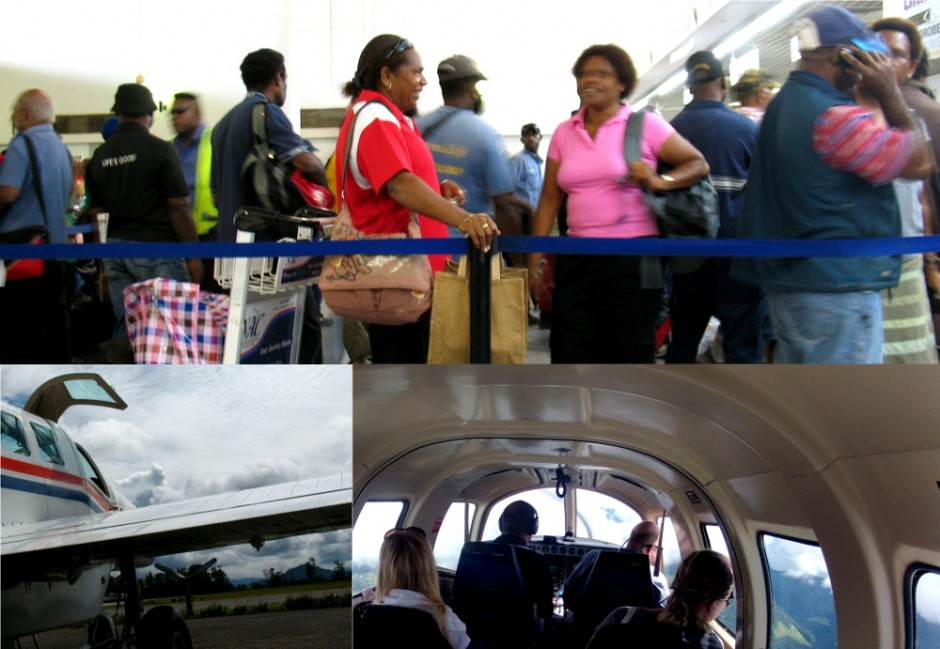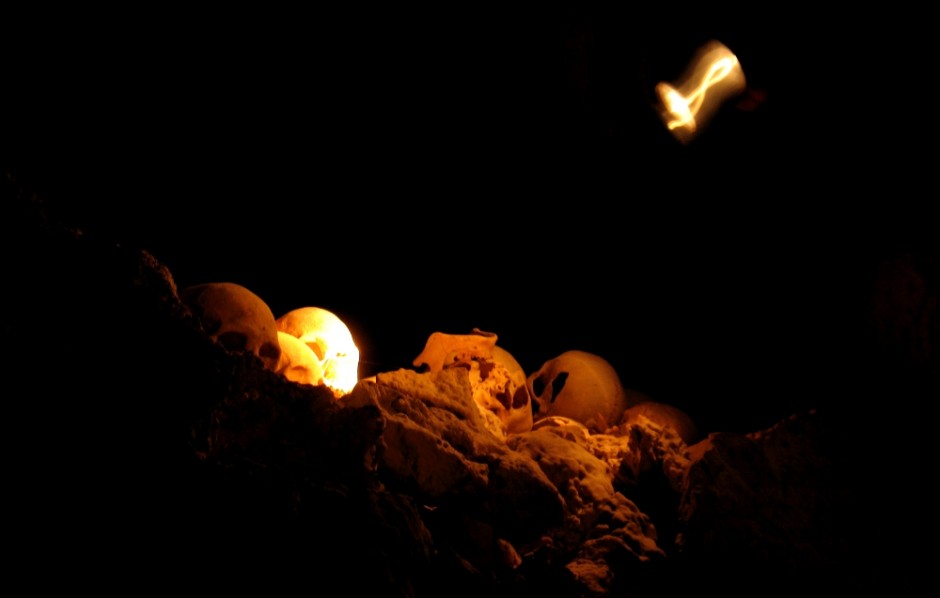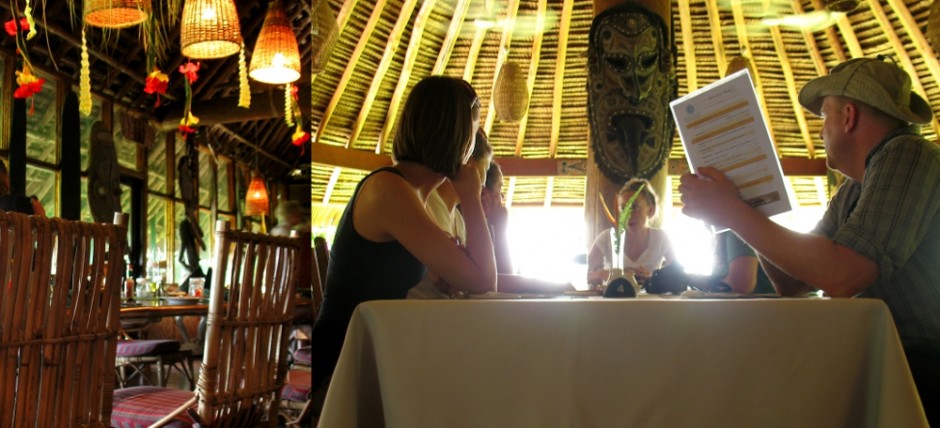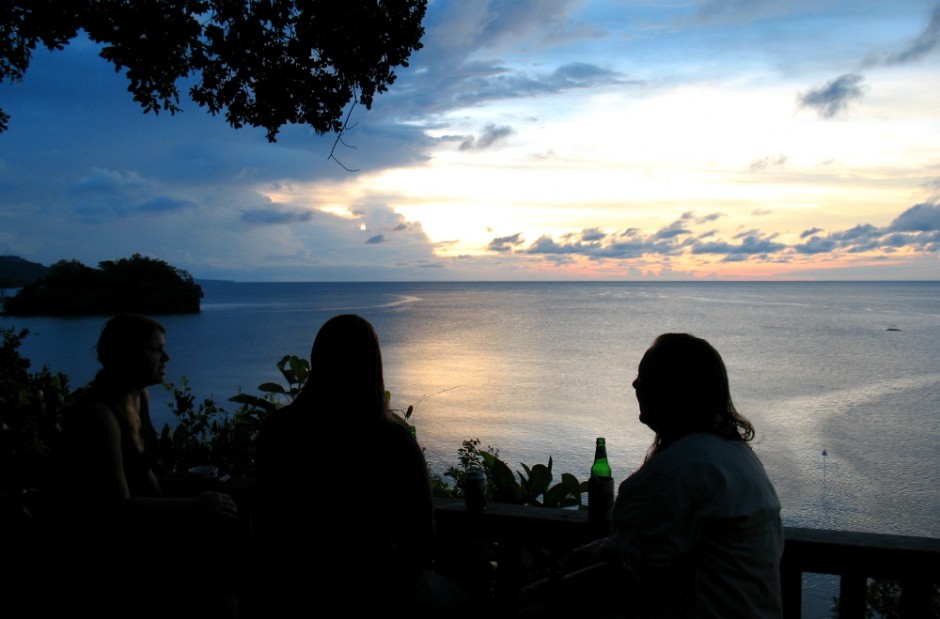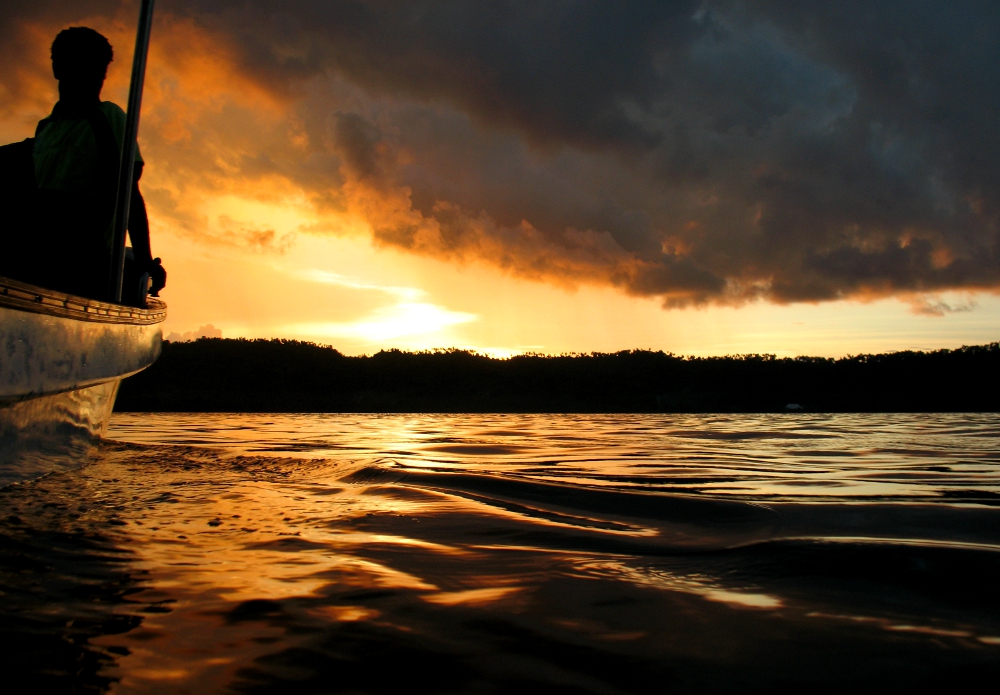I JUST GOT BACK from traveling around PNG with a group of six journalists and travel industry reps. Our 10-day tour took us to three very distinct locations: the Middle Sepik, a jungle region in the north of the country, where lakes and tributaries feed into one of the world’s great rivers; Kokopo and Rabaul, the volcanically active beach towns on the northeastern edge of New Britain Island; and a dive resort just off of Milne Bay, at the southern tip of the mainland.
A press trip isn’t a typical travel experience, but through conversations with guides, tourists, and the Papua New Guineans who generously showed us their home, I feel like I got a good handle on what to keep in mind if you’re planning a trip here. And some decent photos.
[Many thanks to the Papua New Guinea Tourism Promotion Authority for hosting me on this trip.]

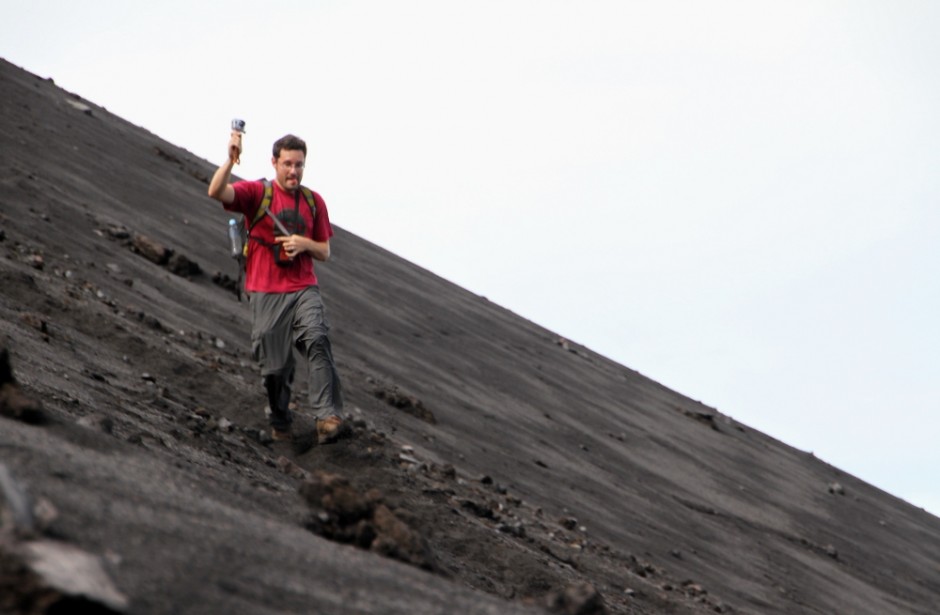
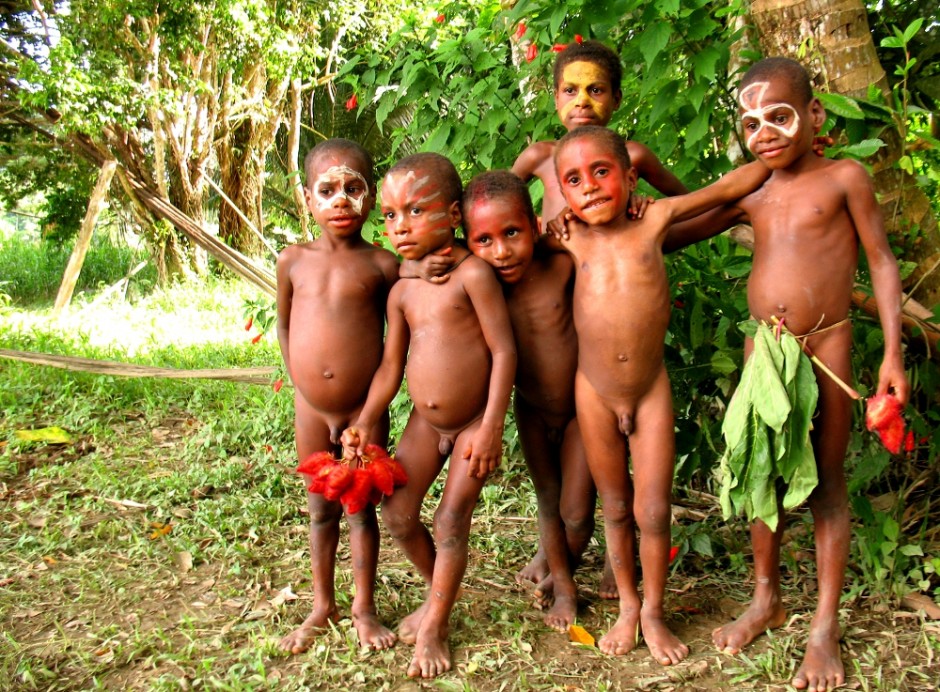
Intermission

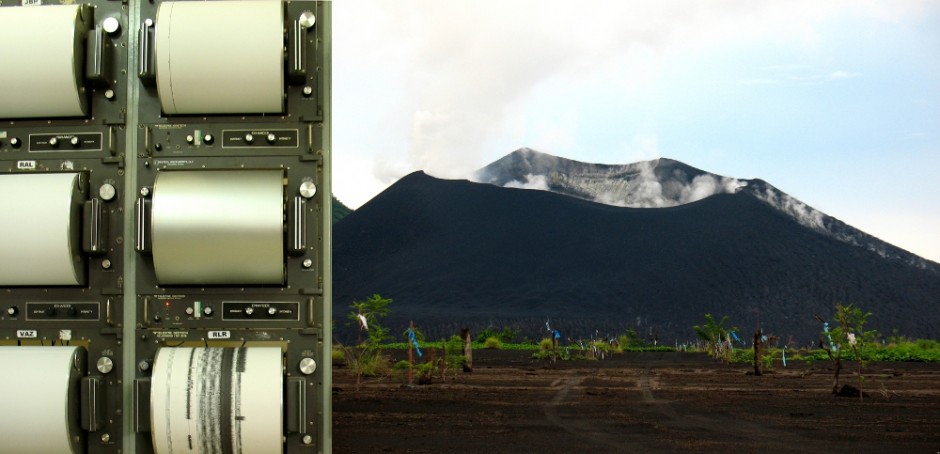
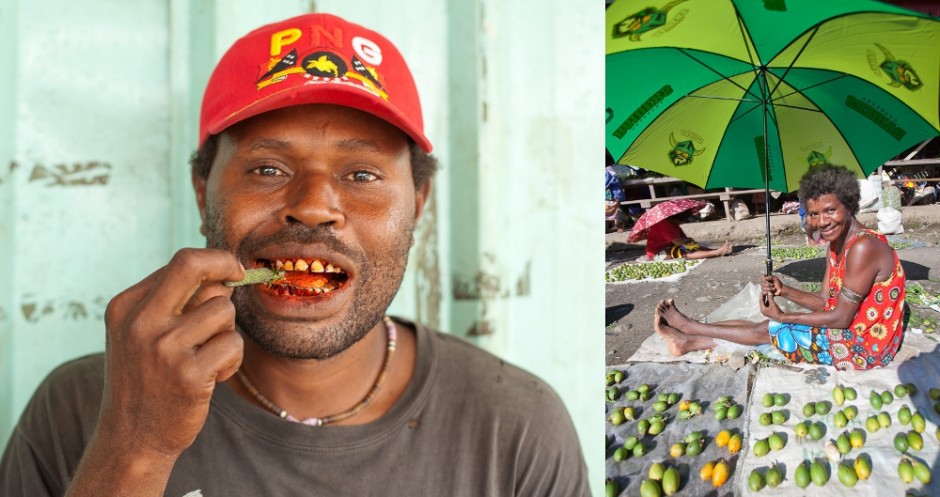
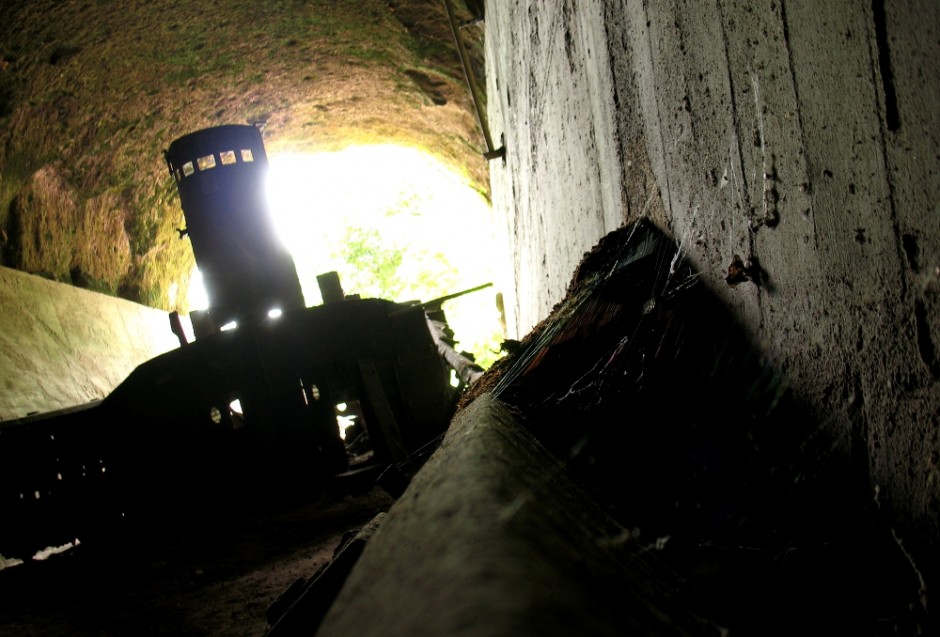
Intermission
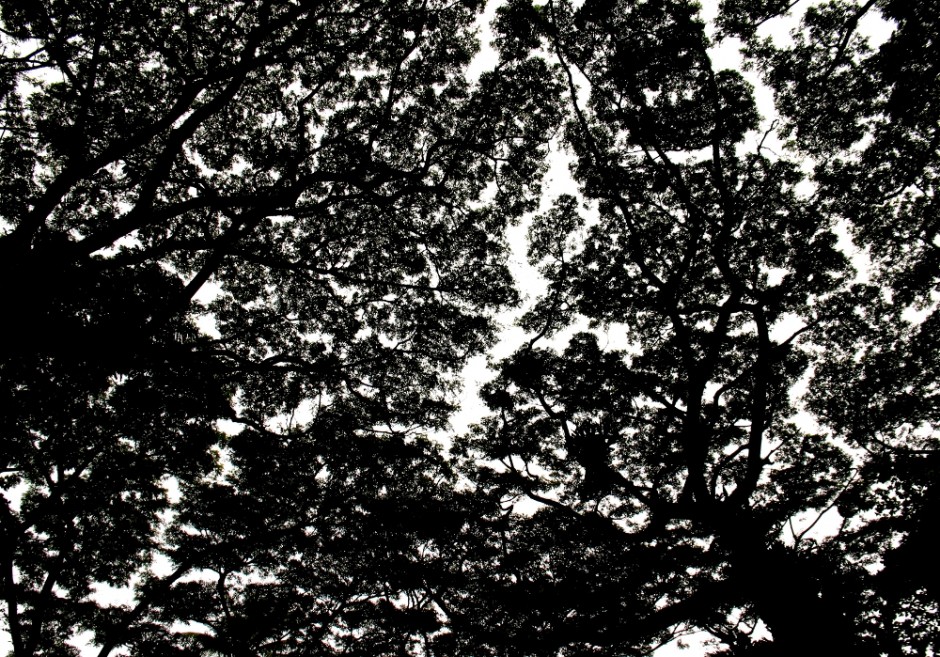
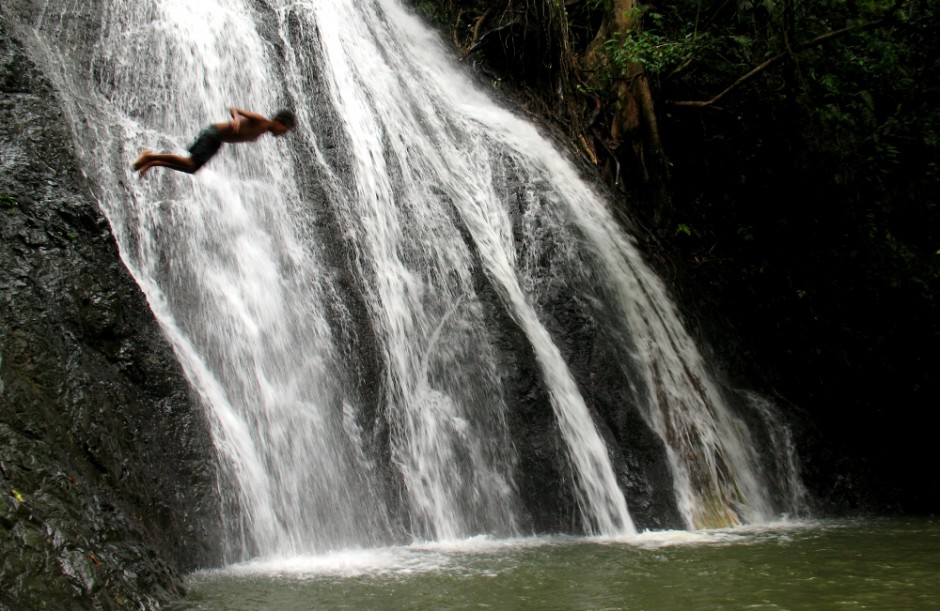
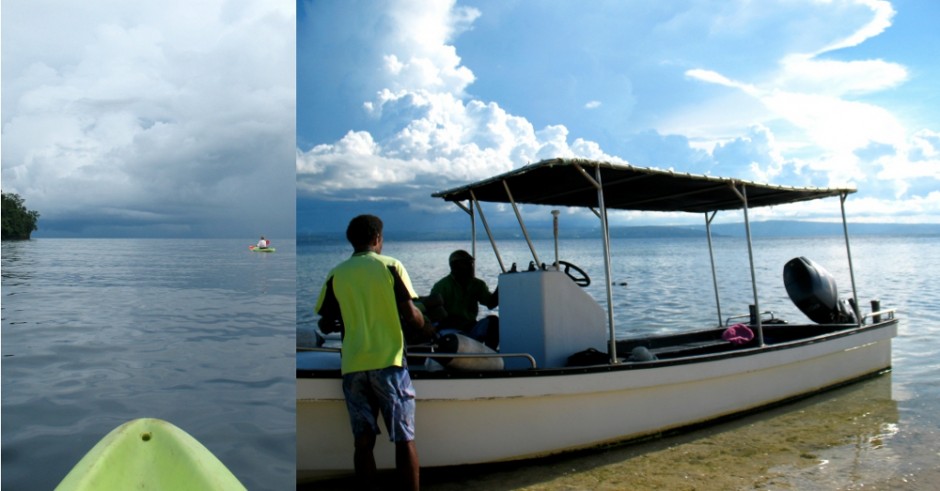
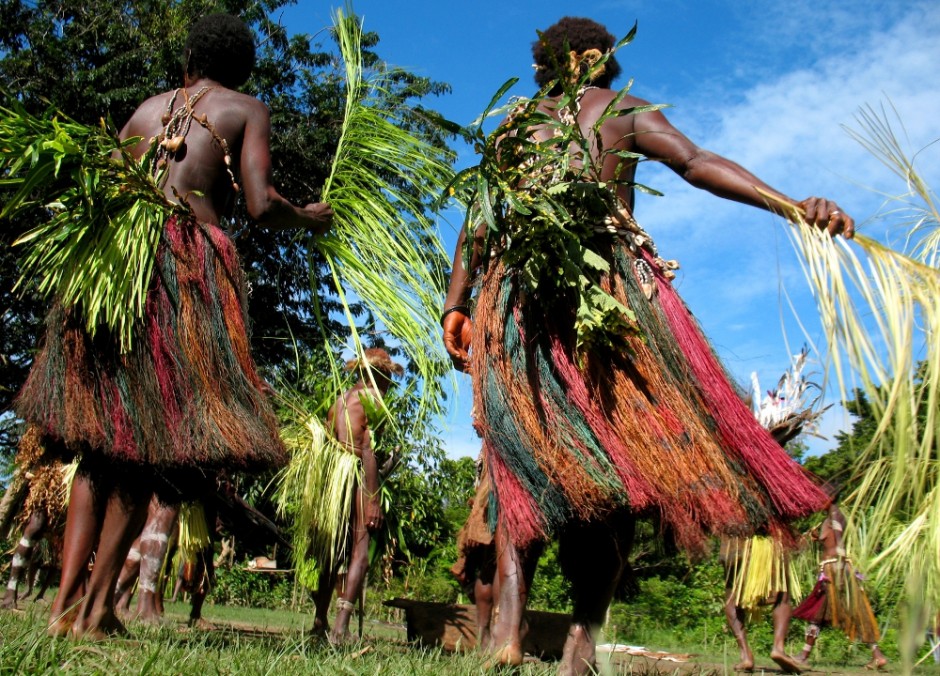
Intermission
